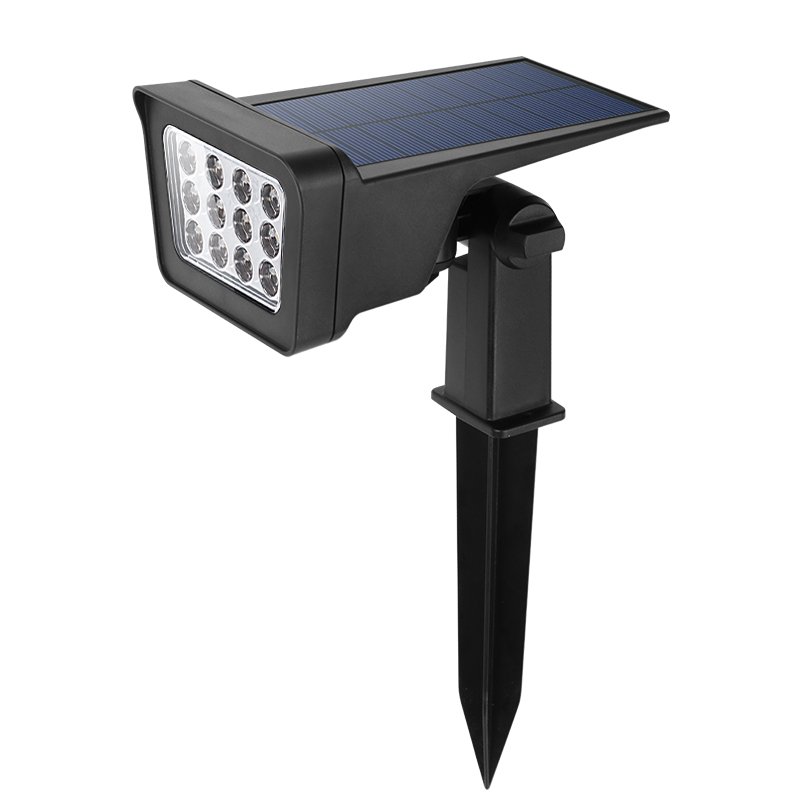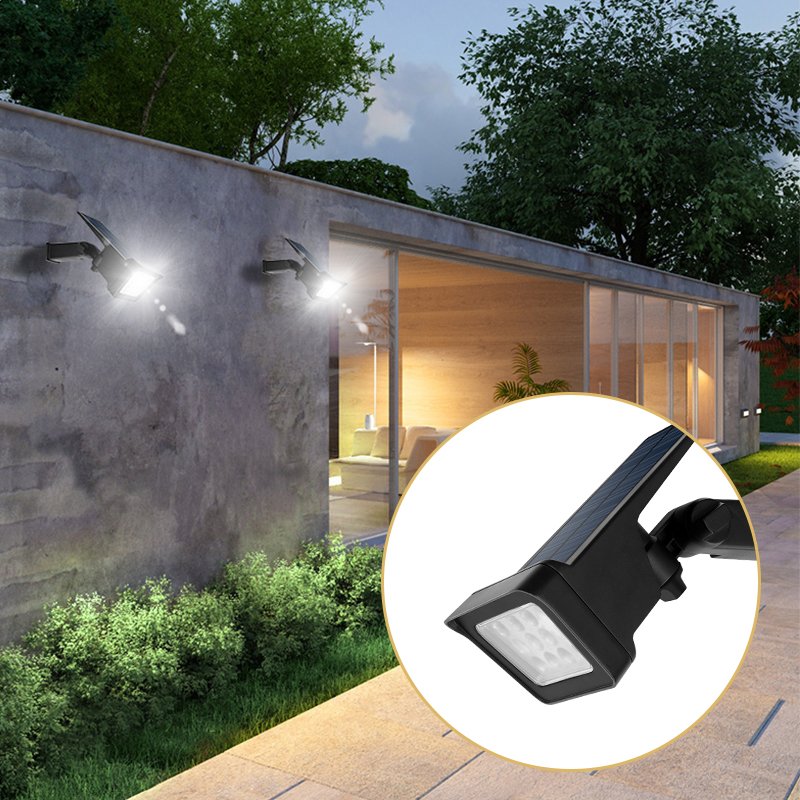The primary colors of LED light sources are: red, blue, green, and white, in addition to orange, infrared, and ultraviolet. So which colors in this are to help sleep? Let’s talk about it below.
In general, light colors are easier to fall asleep. In light color, light blue is the first choice to promote sleep, and then light green, light purple, and pink. These colors can make people calm, and mental relaxation is very restful pigments. The different psychological effects of different colors are also related to the physiological responses triggered by color.
Some researchers have found that color has a relationship with human psychological emotions. In red, the pulse rate increases, blood pressure increases, and feelings are clearly excited and impulsive. In blue, your pulse rate is slower your mood is calmer.
This phenomenon is also very mutual in daily life. Lighting is one example. Under blue and white fluorescent lights, people feel that time passes quickly, while in the warm incandescent light, they expect that time passes very slowly. Therefore, if simply for work purposes, it is best to do so under fluorescent lighting. Incandescent lights can make people feel that time is long and easily irritable. Conversely, it is more appropriate to use incandescent lamps and other lighting devices that feel warm in the bedroom, which will create a leisurely space of their own.

The colors observed in daily life are largely influenced by psychological factors, that is, the formation of a sense of psychological color vision. In CHROMATICITY, colors are named after the three stimulus values (X, Y, Z); (R, G, B); hue, lightness, purity, great frequency, etc… However, in the production of the customary use of peach, gold, emerald green, sky blue, bright or not, thick or light, fresh or not, etc. to indicate the color, these common expressions are not as accurate as the naming of CHROMATICITY, the name is not uniform. According to the usual features of these names, they can be roughly divided into three groups. The hue, color lamp, and color are expressed as a group; brightness, luminance, shade, light, darkness, and level are expressed as a group; saturation, freshness, purity, color, paint positive or negative, etc. put as a group. Such grouping is just a feeling, there is no strict definition, and the meaning of each other is not the same.
For example, hue is not equal to color light, brightness is not equal to intensity, and saturation is not even to purity, freshness, and shade. But in judging color, they are also three variables that roughly correspond to the three variables in COLORIMETRY. The ruling frequency corresponds to the hue. People often say that same frequency range, and red is only a region on the CHROMATICITY chart, and people would never call 600 THz monochromatic light (blue-green light) red. The luminance in CHROMATICITY corresponds to brightness, intensity, subjective brightness, brightness, lightness, darkness, level, etc. On the same background, the color with less luminance generally always looks darker than the color with more intensity. Purity in CHROMATICITY corresponds to saturation, vividness, CHROMATICITY, purity, etc.

The name of mental color sight and CHROMATICITY in several physical quantities correspond, but this correspondence is not a simple positive relationship nor a one-to-one relationship, there are many different characteristics between them. For example, the purity of CHROMATICITY is divided into stimulus pure and V pure twos. The purity of white light is considered to be zero, and the purity of all monochromatic light (regardless of stimulus pure or chromatic pure) is 1. Chromatic purity is defined as the proportion of monochromatic light contained in chromatic light, indicating the proximity of color to a neutral color or white light. But the mental color vision does not consider the purity of each monochromatic light to be the same when distinguishing the difference between chromatic light and a neutral color. The difference between yellow and white light is not significant for the same monochromatic light, and the difference between red, blue, and white light is valid. So, psychologically, yellow light, although monochromatic, is less pure than blue light. These psychological differences between color and white light are often called saturation to distinguish them from chromatic purity. Mental brightness can be further divided into two types, one linked to the object and the other not connected to the brightness of the object.
In terms of mixing colors, psychological colors and chromaticity colors are also different. When you see orange, you will feel that it is a mixture of red and yellow, and when you see magenta, you will feel that it is a mixture of blue and red, etc. But when you look at a yellow light, you don’t notice that yellow light can be a mixture of red and green light. All colors “as if” cannot be mixed with other colors in mental color vision. Generally speaking, the color is orange with yellow red, green with blue lime green, green with yellow grass green, but there is no yellow with blue or red with green color.
Therefore, the psychological classification of colors into red, yellow, green, and blue. Called the four primary colors. Usually, red-green and yellow-blue are called psychologically complementary colors. No one can imagine that white is mixed from these four primary colors, and black doesn’t mix with other colors. Therefore, red, yellow, green, and blue plus white and black become the six basic senses of mental color vision. Although physically black is a situation where the human eye is not exposed to light, psychologically more people believe that not being exposed to light is simply a lack of sensation, while black is indeed a sensation.

Psychologists believe that a person’s first sense is vision, and the perfect influence on sight is color. The cause why human behavior is affected by color is that human behavior is often dominated by emotions Color originates from the inherent colors of nature, blue sky, bright red blood, and golden sun. Seeing these colors that are the same as the native colors of nature, it is natural to associate the sensory experience associated with these natural objects, which is the most primitive influence. They may also be the cause why people from different regions, diverse countries and nations, and unusual personalities have mutual sensory experiences of some colors.
For example, red usually brings these feelings: excitement, enthusiasm, bombast, health, and power, as well as solemnity, solemnity, joy, happiness, etc. And green is the color of grasslands and forests in nature. There is eternal life as permanent, ideal, young, safe, fresh, and peaceful, giving people a sense of coolness. Blue, on the other hand, makes people feel distant, serene, empty, cold, open, transparent, etc. With the development of society, they are more and more substances that affect people’s association with color sensing, and People’s perception of color is also becoming more complex.
Therefore, we believe that there is a positive effect of using colored light to help sleep, even if it is only for psychological comfort. as long as it is reassuring and comfortable, it is good.
In two main ways:
Theoretical melatonin secretion. It is now medically recognized that melatonin is the hormone that affects sleep the most: with more melatonin secretion, people will feel sleepy; with less melatonin, people will be more awake. So what is the effect of light on melatonin secretion? The mainstream view is that: blue light (wavelength between 400nm-480nm with relatively high energy light, not blue light) will inhibit melatonin secretion, and red-orange light (wavelength 600-700nm) will promote melatonin secretion, helping people to go to sleep. A sleep aid lamp is designed according to this theory.
There is no difference if the light is on or off, You’ll sleep well when you’re supposed to, and you’ll sleep too when you’re not. The conclusion is that it varies from person to person, individual sleep habits vary greatly, and many factors affect sleep. Light is just one of them, insignificant for some people but relatively crucial for others.
Some people like to fall asleep in the sunset-like light fading, some people like to be in absolute darkness all night long, some people like to be accompanied by the shimmering light, all right, it feels good to be true.
For more info welcome to visit our company website: www.enetcl.com.





